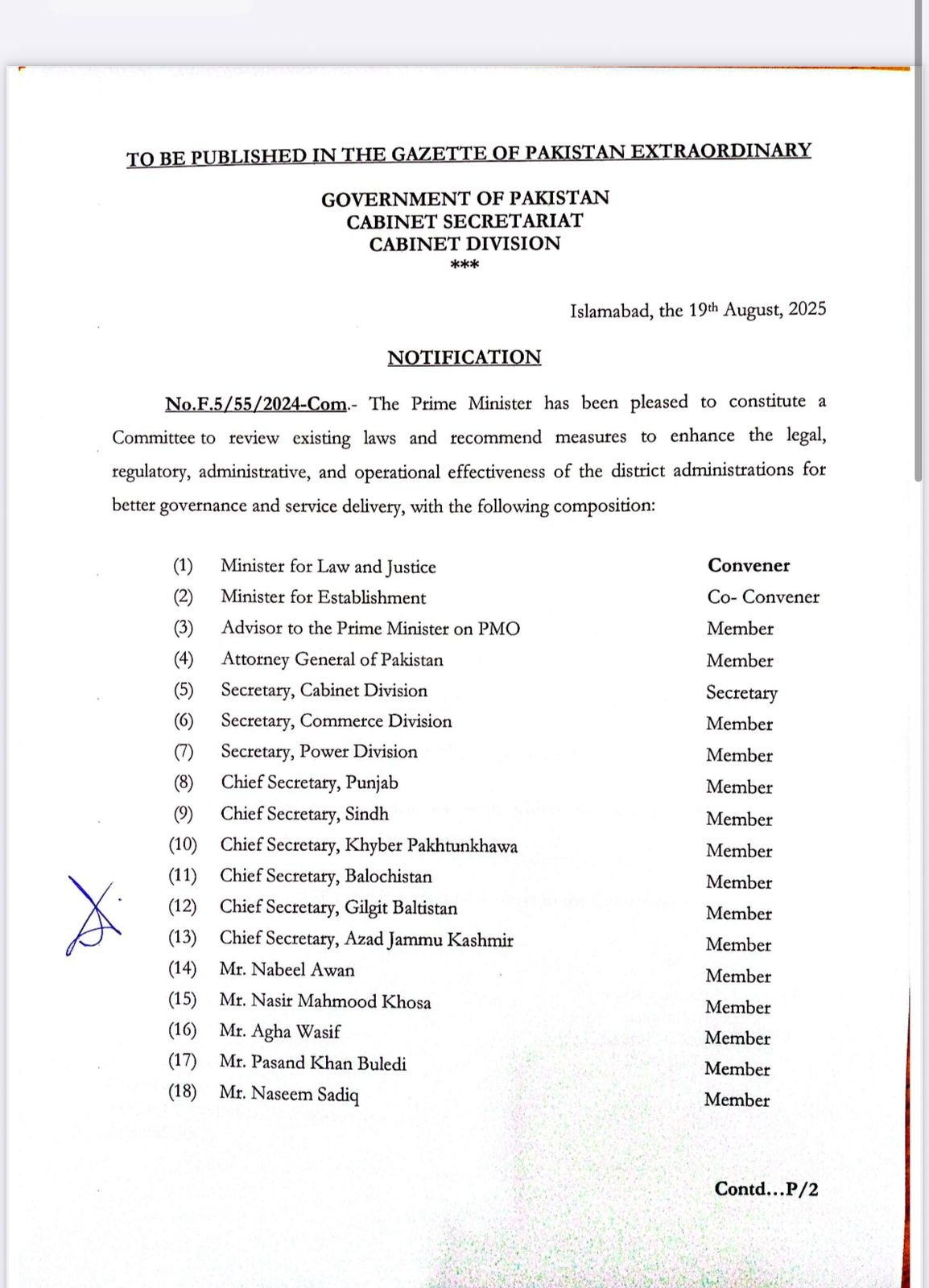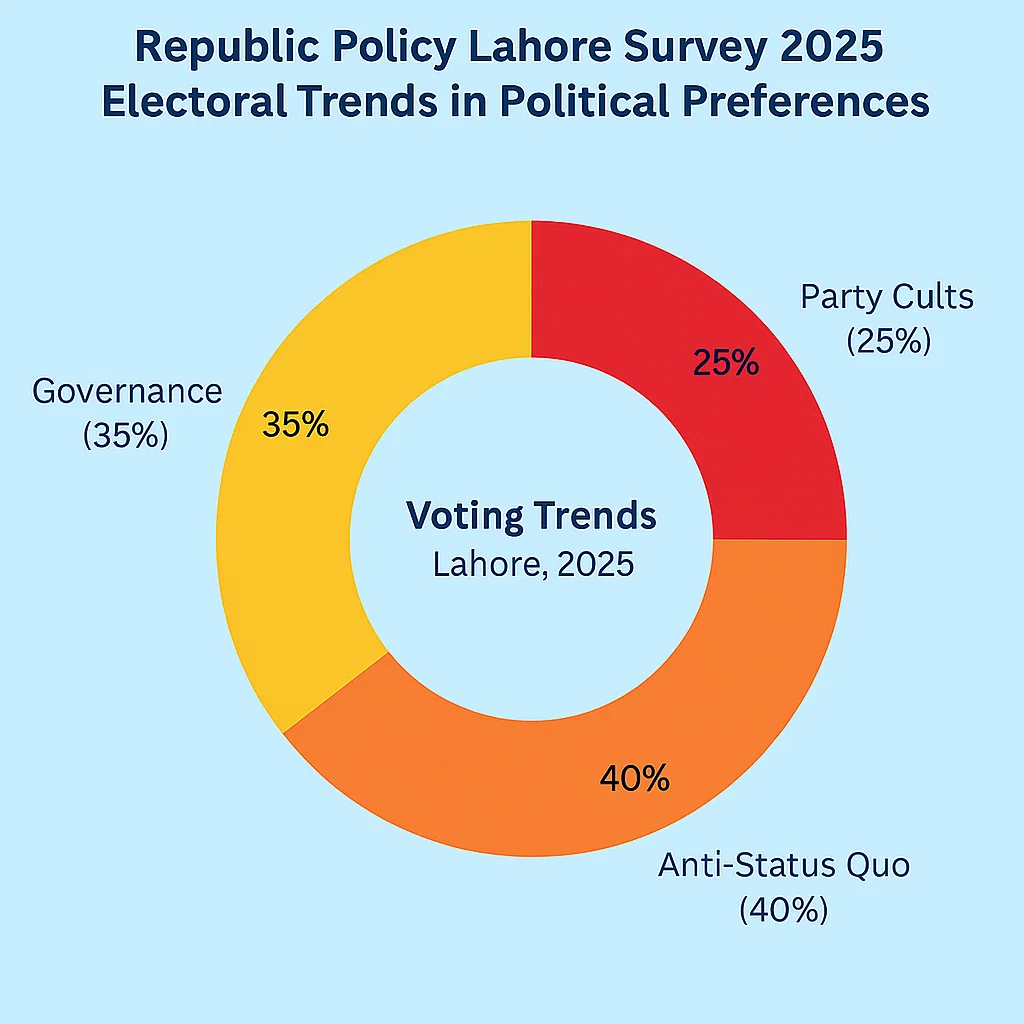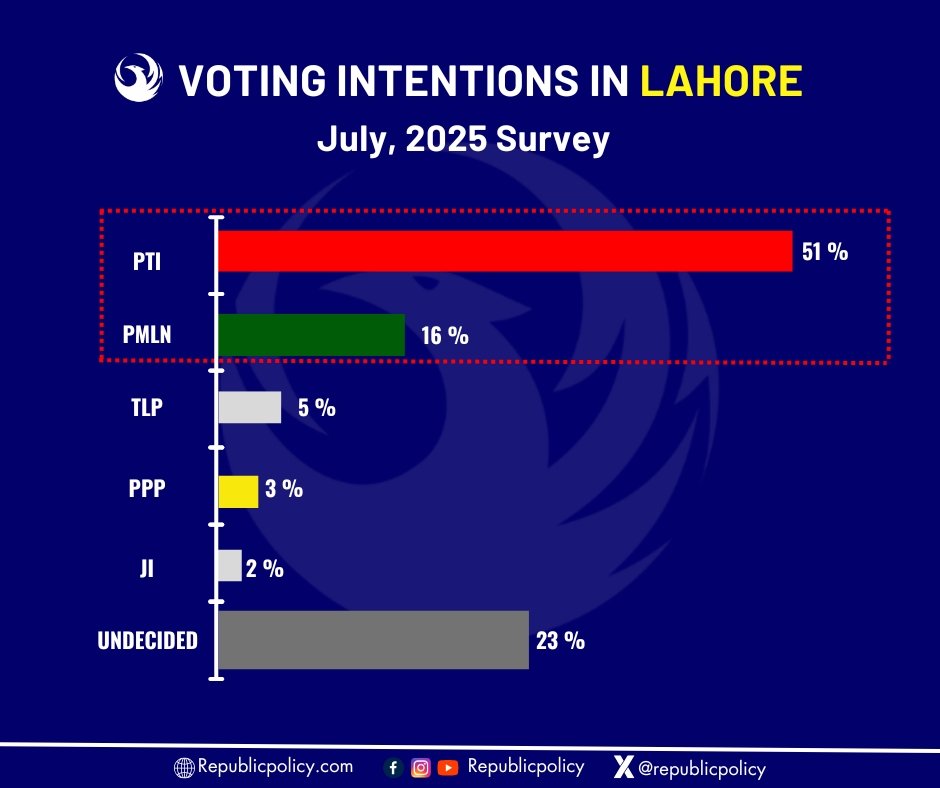The emergence of generative artificial intelligence (AI) has revolutionized numerous industries, from healthcare and finance to entertainment and design. Technologies such as AI-driven image generation, text creation, and drug discovery have disrupted traditional practices, raising critical questions about intellectual property (IP) protection—particularly in the realm of patents. As AI technology advances rapidly, the need for comprehensive and clear patent guidelines has become more pressing than ever.
What is Generative AI and Its Growing Impact?
Generative AI refers to a subset of artificial intelligence systems designed to autonomously create new content, ranging from text, images, music, to even scientific innovations. These systems, powered by advanced machine learning models like Generative Adversarial Networks (GANs) and Transformer models, are trained on vast datasets and can produce highly novel outputs across various domains. Examples of generative AI include AI-generated artwork, GPT models for text generation, and AI-driven platforms for drug discovery.
The potential applications of generative AI are vast. Healthcare, finance, marketing, design, and many other sectors are leveraging AI to boost creativity, improve efficiency, and automate complex tasks. However, the increasing adoption of these technologies has raised urgent legal concerns regarding patent eligibility, ownership, and the role of AI in the invention process.
The Challenges of Patenting AI-Driven Technologies
In traditional patent law, the criteria for granting a patent are clear: the invention must be novel, inventive, and industrially applicable. However, these criteria pose significant challenges when applied to AI-driven inventions.
One of the most contentious issues is the question of inventorship. Patent laws around the world generally require a human inventor, but AI systems are capable of autonomously generating novel solutions. This creates a dilemma: if an AI system creates a new invention, who owns the patent? Should the credit go to the human developers who designed the AI system, or should AI itself be recognized as an inventor?
The issue becomes even more complex when considering the novelty and inventiveness of AI-generated inventions. AI models rely on vast amounts of data, including existing patents, which raises the question of whether AI-generated outputs can be considered truly original or if they are simply recombinations of existing information. In other words, is an invention created by AI innovative enough to warrant a patent?
Additionally, AI often blurs the line between creative and technical fields. While traditional patents are typically granted for inventions with clear industrial applications, generative AI technologies, especially in fields like art or entertainment, often produce outputs that fall into the creative domain. This creates a challenge for patent law, which typically requires inventions to have technical character.
Efforts to Adapt Patent Laws for AI Technologies
Governments and patent offices around the world are beginning to address the complex challenges posed by generative AI through updated patent guidelines.
For example, the United States Patent and Trademark Office (USPTO) issued guidelines in July 2024, clarifying that AI systems cannot be recognized as inventors. According to the USPTO, while AI-generated inventions can be eligible for patents, the patent must be credited to a human inventor who used AI as a tool in the creative process. The invention must also meet traditional criteria, including novelty and technical character, to qualify for patent protection.
Globally, patent laws and standards vary. In Europe, patenting AI-related inventions requires a technical contribution—meaning the AI system must provide a tangible solution to a technical problem. Japan similarly focuses on the technical nature of AI inventions, while South Korea emphasizes industrial applicability, ensuring that AI technologies can be applied in real-world, industrial contexts.
These jurisdictional differences create additional complexities for patent applicants and companies seeking to protect their AI innovations. As generative AI continues to evolve, a harmonized international approach to patent eligibility will be essential to ensure consistency across borders and industries.
The Role of AI in Patent Examination
In addition to AI’s role as an inventor, AI is also transforming the patent examination process itself. Patent offices like the USPTO and the European Patent Office (EPO) are increasingly relying on AI tools to assist with patent applications. These AI-powered systems help examiners search prior art, analyze claims, and detect potential infringements more efficiently. By automating routine tasks, AI can significantly reduce the time and effort required to assess complex patent applications.
However, while AI tools have the potential to improve the patent process, they also introduce new challenges. Bias and accuracy are critical concerns in using AI for patent examination. If the AI systems are not properly trained or are influenced by incomplete or biased datasets, there is a risk that the examination process could become flawed, leading to unfair patent awards or rejections.
Moreover, AI is not only transforming patent offices but is itself driving innovation. AI systems are capable of generating new inventions across a variety of industries, from pharmaceuticals, where AI aids in designing novel drug molecules, to robotics, where AI helps develop cutting-edge mechanical systems. As AI becomes an integral part of the innovation process, the need for a robust legal framework to govern its inventions will only grow.
Pl watch the video and subscribe to the YouTube channel of republicpolicy.com for quality podcasts:
Ethical and Legal Considerations of AI Patents
The rise of AI in the innovation process raises several ethical and legal dilemmas. If an AI system generates a patentable invention, who should own the intellectual property? Should the AI itself be considered the inventor, or should the developers or users of the AI take credit for the invention?
These questions are central to the ongoing development of patent law. As AI continues to evolve, its role in the creative and invention processes will undoubtedly expand. Establishing clear guidelines for AI-generated inventions will be crucial to ensuring fair and effective IP protection for all stakeholders.
Another key issue is balancing the open-source nature of AI research with the need for patent protection. Open-source AI projects foster collaboration and innovation, but patents can provide financial incentives for developers and ensure that intellectual property is adequately protected. Striking a balance between these two approaches will be essential to fostering continued innovation while ensuring that AI remains accessible to the broader community.
Patent thickets in the AI space—where overlapping patents create barriers to entry for smaller companies—are another concern. These patent thickets can stifle innovation by making it difficult for new players to enter the market. Policymakers must ensure that patent systems do not create monopolies in the AI field, which could ultimately harm competition and hinder progress.
The Future of AI Patents: Predictions and Trends
As AI continues to evolve, patent laws will inevitably need to adapt. The increasing complexity of AI technologies and their applications in diverse fields will necessitate significant changes to patent systems around the world. International organizations like the World Intellectual Property Organization (WIPO) will play a pivotal role in establishing global standards for AI patents and ensuring that the intellectual property framework keeps pace with technological advancements.
Predicting the future of AI patents is challenging, but it is clear that the integration of AI into the innovation process will have profound implications for patent law. Patent offices, policymakers, and businesses must work together to create a flexible, consistent, and fair legal framework that encourages innovation while addressing the unique challenges presented by AI-driven inventions.
In conclusion, generative AI is reshaping the landscape of innovation, but existing patent systems are struggling to keep up. Clear guidelines, international cooperation, and thoughtful legal reforms will be necessary to ensure that AI-driven inventions are properly protected, incentivized, and utilized for the benefit of society. As the world adapts to the growing influence of AI, patent law must evolve to meet the challenges and opportunities of this transformative technology.















